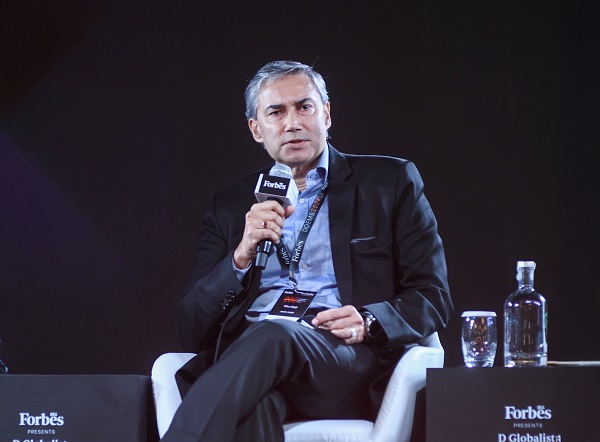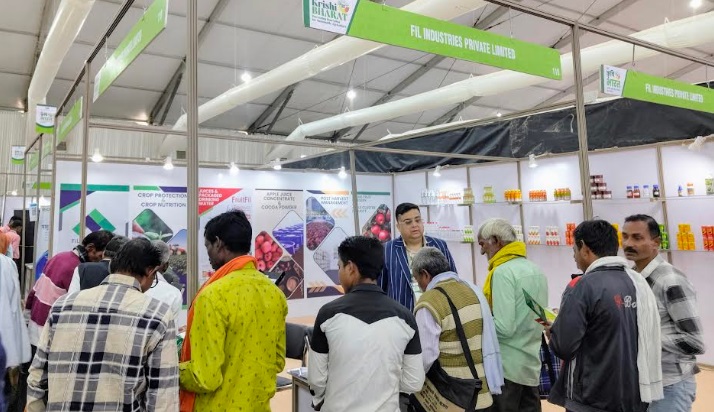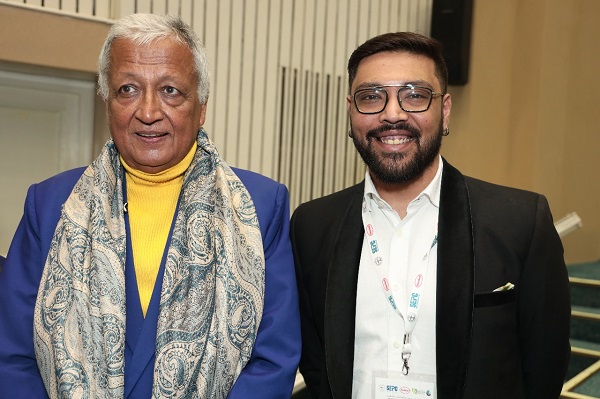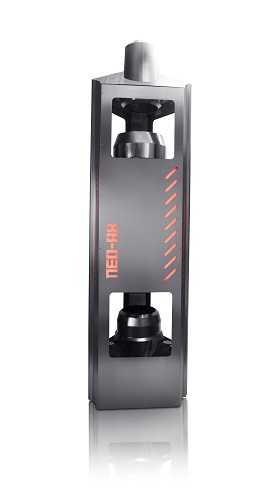By building a flexible software platform for phones, tablets, smart home devices and now a cutting-edge car, Xiaomi has a plethora of data points to work with for an ecosystem

For a brand that is now well known in the world of smartphones, you’d expect Xiaomi to make bold moves. One that would define a category, for years to come. That is how they’ve got to where they are, with phones (they’re third largest smartphone maker, globally). Yet, as this journey through the past provides an inspiration, the tech company is intent on charting a new path for itself. One that has an outlook of not just a decade down the line, but much beyond. A bold move to make an electric car, the SU7, is reminiscent of exactly how they took the world of phones by storm a decade ago. At stake is not just finding a spot at the table in due course alongside the biggest automakers in the world, but also the future of smartphones.
Except this time, the difference is, Xiaomi is spending big on research and development to build much more in-house, rather than curating a collection of components from vendors. That’ll reduce the reliance on sourcing components, and minimalizing supply chain eccentricities. That is the foundation of five core technologies that define most EVs, and in particular the Xiaomi SU7, in entirety – the E-Motor, Battery, HyperCasting, autonomous driving and a smart cabin. Building the hardware in close sync with how Xiaomi intends the software platform to be, should bear fruit once the SU7 goes on sale – and that isn’t exactly clear at this time.
Xiaomi is making heavy investments into the EV space, which means the SU7 isn’t likely a one-off, and neither will it be sacrificed at the altar of the accountants, as many a concept car, have in human history. To be precise, 10 billion CNY or Chinese Yuan. There is no external funding, Xiaomi confirms to HT. Lei Jun, founder, chairman, and CEO of Xiaomi Group has set a target for the 15 to 20 years of effort – Xiaomi wants to be one of the top five global automakers.
In the immediate future, Xiaomi’s challenge will be perception of pricing, an unknown thus far, since no specifics have been confirmed yet. There will be inevitable comparisons on pricing, and assuming the more tech loaded SU7 will be on the pricier side of the scale, pitted against Tesla’s comparatively less tech infused Model 3 for instance. The assumption about the SU7’s pricing also stems from the car demonstrated at the Mobile World Congress (MWC) showcase in Barcelona.
HT noted there are 8 cameras all around the car as just one crucial part of the expected autonomous driving tech, and the brakes being used by Xiaomi are made by Italian automotive braking systems giant Brembo. These are generally high-performance brake systems, found in very powerful luxury cars and sports cars.
Anuj Sharma, Chief Marketing Officer for Xiaomi India, draws comparisons with the phone space, with their latest and most feature rich phone, the Xiaomi 14 Ultra, “Tesla is a benchmark, whether we like it or not. I think it is equivalent on the phone side, where the Xiaomi 14 Ultra on a global scale is going to be compared with the Apple iPhone 15 Pro Max.” The plan is to persist. “The end of the idea is to excel in terms of tech, excel in terms of product, and slowly make your mark there,” he tells HT.
There are three electric motors that Xiaomi wants to offer with the SU7. The launch spec will have the Xiaomi HyperEngine V6/V6s motors, capable of 21,000 rpm or revolutions per minute – this will be offered as 2-wheel drive or 4-wheel drive options, with differing peak power output ratings. Expected to be in mass production sometime next year, is the HyperEngine V8s, rated at 27,200 rpm. In pre-research stage is an even more powerful HyperEngine, which can deliver 35,000 rpm and will have a carbon-sleeve. Quite what this means for performance as well as efficiency, and when this is ready for production models, remains to be seen.
With an investment as significant as this, comes a detailed plan of action. “When we announced this project was in 2021, the biggest investment is the manpower investment. We have some of the best minds on the company, looking at just this part, including chairman Lei Jun who actually took time out said ‘I’m going to focus on the car and get that car going’. Of course, every year from the existing businesses, whatever profit was being generated was used to fund this project,” Sharma gives us an insight into how Xiaomi has charted an investment as big as this, to get the car business going.
Xiaomi’s battery architecture means it is just 120mm thick (that’s roughly the height of fourteen iPhone 15 Pro Max, stacked), with 91% reduction in wire harnesses used and translates into roughly 3% lesser space than most other EVs. Quite interesting is what Xiaomi calls a 72-in-1 unit, referencing the integrated die-casting rear floor. This has reduced the number of welded joints by 840, is 17% lighter for just this component (weight saving is usually good news for an EVs battery) and also reduces road noise transferring into the cabin.
In case you are wondering why Xiaomi haven’t announced the pricing and availability specifics for the SU7 or the SU7 Max, it is because a stage of testing is still underway before the project is given the green signal. Testing, is specific too. “The biggest test for any electronics is the thermal aspect of it. Once you get into very hot or very cold temperatures, battery efficiency decreases massively. For the last four or five months, the entire testing has been in extreme cold climes,” Sharma tells us. The idea is to the battery to a point where any performance change or unreliability or the breaking point becomes clear.
For Xiaomi, the software means more than just a platform for a car. HyperOS, as it is called, has been developed to be all-encompassing. Xiaomi’s Android phones, tablets and a broad ranging smart home ecosystem, all plug into this. The latest smartphones, the Xiaomi 14 Ultra and the Xiaomi 14 are the first phones to arrive in stores with HyperOS preloaded, whereas some existing phones as well as the Xiaomi Pad 6, are receiving software updates too.
That’s what defines its ‘Smart Cabin’, as Xiaomi calls it. Sharma believes HyperOS and the company’s Human x Car x Home approach is significant because it taps the three places where humans spend their most time every day – at home, at work, and commuting. It is about a “philosophy that’s covering these three aspects”, as Sharma puts it, with the car in the middle of this transition.
It may require a change in approach to how some people perceive cars. “Obviously, a car has to be more than just a vehicle to get you from point A to point B. How does it connect with your life? With those data points, we’re basically able to understand more about how a person lives. The objective is, make it easier and make it more seamless,” says Sharma.
There is fairly basic example – your Xiaomi phone would know when you are leaving office (there can be many metrics for this, such as location, steps tracked or leaving the office Wi-Fi at a particular time of the day) and the car starts up automatically to begin balancing the cabin to a comfortable temperature before your arrival to the parking spot. At the same time, Sharma believes this is just the start, and there are possibilities which are impossible to envision at this point in time.
“The way the entire interconnected ecosystem and AI aspect is supposed to play out, in three to five years, it may include functionality and capabilities we cannot even imagine today. But our objective remains the same,” he says. And that is, the human is the most important part of this process. For us in India, any hopes of buying the SU7 must wait, because production will for now focus on the home market, China. But with global aspirations very clear, it may not be a long wait. Though the company refuses to commit to any timelines.
For Xiaomi, making a car is also about the flex, a signal that they are positioning themselves into becoming a technology powerhouse, at a global scale. Sharma reckons that the car’s development is exciting, but the company’s plans aren’t limited to just that. There’s more to come, across categories. As he defines it, this is an overall shift in the philosophy of Xiaomi.
This Article Was Originally Published on Hindustantimes.News!
















Reader Interactions